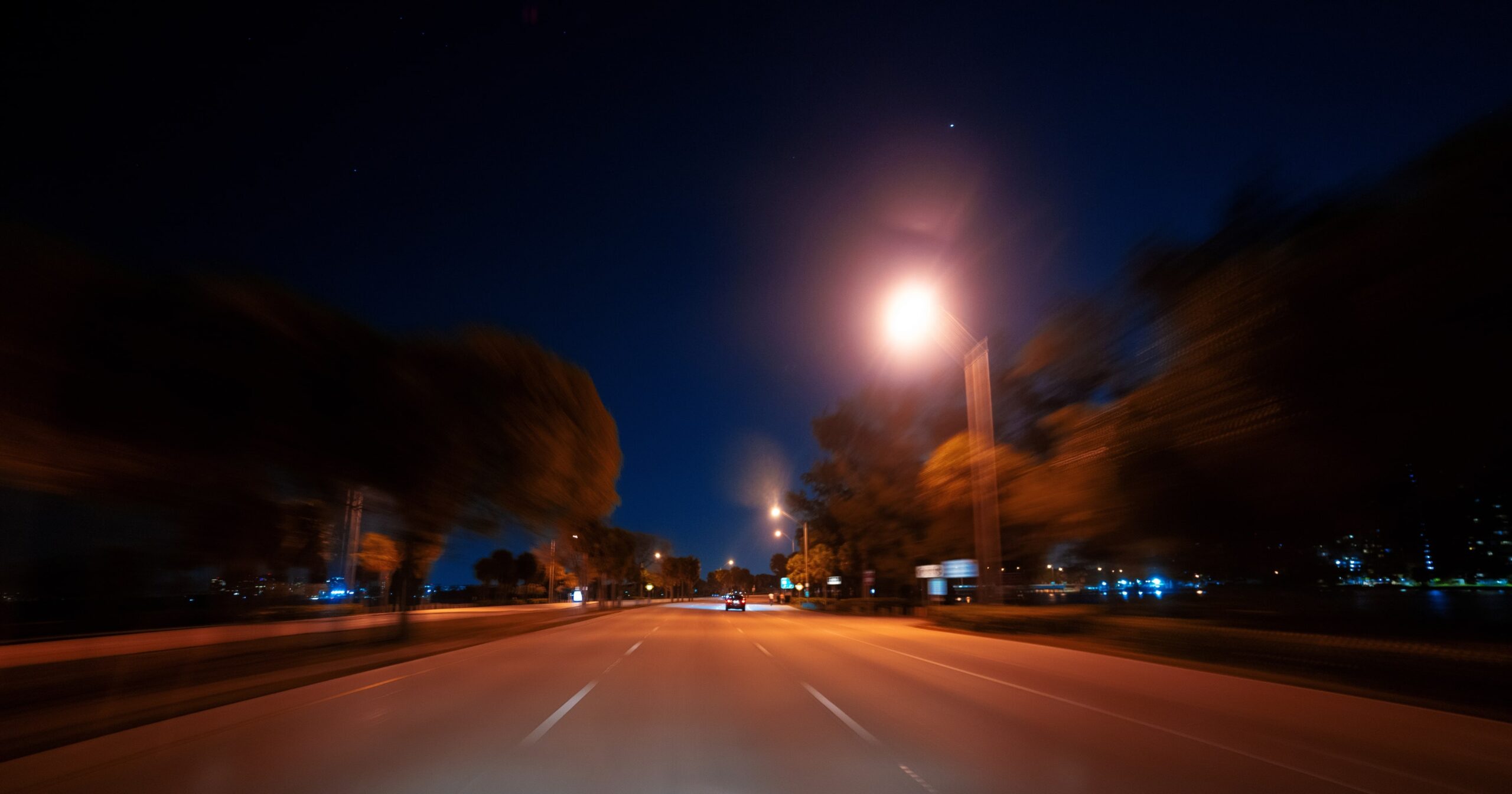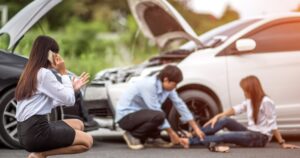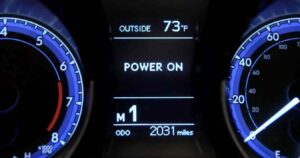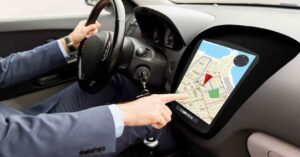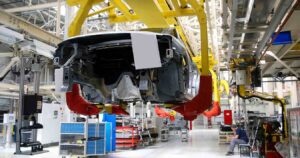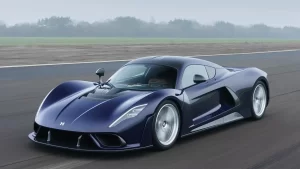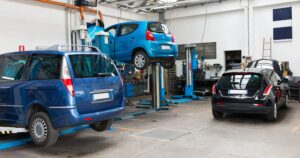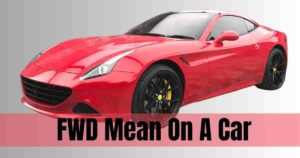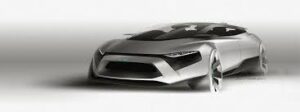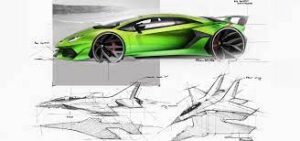Less Cars On The Road Means Less Traffic? Certainly, a decrease in the number of cars on the road frequently results in reduced traffic. This is due to the increased space available for other vehicles to navigate without substantial delays, ultimately diminishing the total time spent in traffic congestion.
In this document, we have discussed the impacts of having fewer cars on the road, which means less traffic, and how it can lead to reduced traffic congestion. However, other factors contribute to traffic congestion and should be addressed in order to solve this issue.
One major factor is the need for more efficient public transportation systems. Many cities around the world rely heavily on cars as the main mode of transportation, leading to overcrowded roads and highways. This can be attributed to the need for proper public transportation infrastructure, making it inconvenient for people to use alternative modes of transport. Investing in reliable and accessible public transportation systems can greatly reduce the number of cars on the road, thus easing traffic congestion. Countries like Japan and Switzerland have efficient and extensive public transportation networks in place, resulting in less reliance on personal vehicles and, therefore, less traffic congestion.
Table of Contents
ToggleTraffic Jams and Urban Gridlock
Traffic jams and urban gridlock are major issues that arise when there is a large concentration of cars on the road.
These situations occur when there is a high volume of vehicles trying to use the same roads at the same time, causing traffic to come to a standstill.
In addition to being frustrating for drivers, these traffic jams also have negative impacts on the environment.
Cars stuck in traffic emit harmful pollutants, contributing to air pollution and climate change.
This further emphasizes the need to reduce the number of cars on the road.
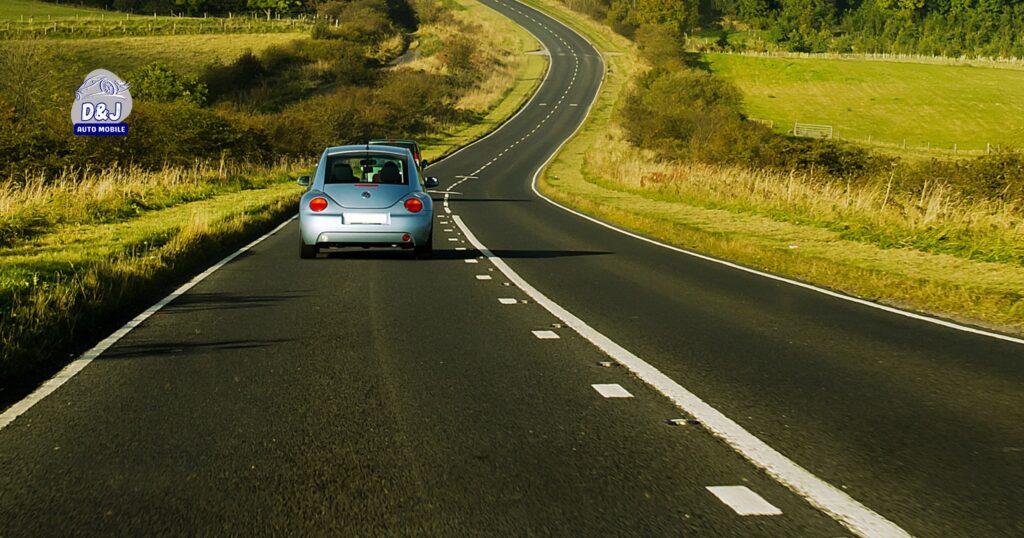
Solutions for Reducing Traffic Congestion
Aside from promoting the use of public transportation, other solutions can help reduce traffic congestion.
Implementing carpooling programs and encouraging telecommuting can significantly decrease the number of cars on the road during peak hours.
Furthermore, cities can also consider implementing congestion charges or tolls for driving in high-traffic areas during certain times.
This method has been successfully implemented in cities like London and Singapore, leading to a decrease in traffic congestion and an increase in the use of public transportation.
The Impact of Vehicle Density
Another aspect to consider is the impact of vehicle density on traffic congestion.
When there are fewer vehicles on a particular road or highway, it can lead to bottlenecks and slow-moving traffic.
To address this issue, city planners should prioritize building wider roads and expanding existing highways in areas with high vehicle density.
This can accommodate more cars and decrease the chances of traffic congestion.

Sustainable Transportation Solutions
In addition to reducing traffic congestion, promoting sustainable transportation solutions can have a multitude of benefits.
These include reducing carbon emissions, improving air quality, and decreasing reliance on fossil fuels.
Some examples of sustainable transportation options are electric cars, bicycles, and walking.
Governments and organizations should provide incentives for individuals to adopt these modes of transport by offering subsidies or creating bike-friendly infrastructure.
The Role of Public Transportation in the Future
As we move towards a more sustainable future, public transportation will play an integral role.
Governments need to prioritize investing in and improving public transportation systems to encourage people to shift away from using personal vehicles.
Fewer cars on the road means less traffic and promoting sustainable living.
While various solutions can be implemented, investing in efficient public transportation systems should be a top priority.
By doing so, we can create more livable and environmentally friendly cities for future generations.
So let’s continue to work towards having fewer cars on the road and finding alternative means of transportation.

Urban Planning for a Traffic-Free Future
Effective urban planning is crucial in creating a traffic-free future.
This includes building sustainable and accessible communities, as well as providing efficient public transportation options.
Furthermore, city planners should also consider implementing measures to discourage car usage, such as designated car-free zones or pedestrian-only areas.
In addition, promoting the use of electric vehicles can help reduce carbon emissions and improve air quality.
Technology’s Role in Traffic Reduction
Advancements in technology have also played an important role in reducing traffic congestion.
The use of traffic management systems, smart traffic lights, and real-time navigation apps helps optimize the flow of vehicles on the road.
Furthermore, the rise of ride-sharing services has provided an alternative to personal car ownership, leading to a decrease in the number of cars on the road.
As technology continues to advance, there will be even more opportunities for reducing traffic congestion and promoting sustainable transportation.
Steps For How To less cars on the road means less traffic
- Invest in and improve public transportation systems
- Encourage the use of alternative modes of transport, such as carpooling, telecommuting, and biking
- Implement congestion charges or tolls for high-traffic areas during peak hours
- Expand existing roads and highways to accommodate more vehicles
- Prioritize building sustainable communities with efficient transportation options
- Discourage car usage through designated car-free zones or pedestrian-only areas
- Promote the use of electric vehicles to reduce carbon emissions and improve air quality
- Utilize technology, such as traffic management systems and ride-sharing services, to optimize traffic flow
- Offer incentives for individuals to adopt sustainable transportation methods
- Continuously review and update urban planning strategies to create a traffic-free future.
By following these steps and working together, we can reduce traffic congestion and create a more sustainable future for ourselves and the generations to come. Let’s continue to prioritize finding alternative means of transportation and reducing our reliance on personal vehicles. So let’s continue to work towards having fewer cars on the road and finding alternative means of transportation.
Benefits of less traffic
- Improved air quality and reduced air pollution
- Decrease in carbon emissions, contributing to combatting climate change
- Reduced noise pollution and stress levels for individuals living in urban areas
- Increased safety on the roads with fewer accidents and collisions
- More efficient transportation, saving time and resources
- Improvement in public health due to decreased traffic-related illnesses
- Promotion of more sustainable living and conservation of resources
- Creation of a more livable and enjoyable urban environment
- Opportunity for cities to invest in other areas, such as education and healthcare, with reduced spending on transportation infrastructure
- Contribution to a better quality of life for all individuals in the community.
As we can see, reducing traffic congestion has a multitude of benefits for both individuals and the environment. We need to continue prioritizing sustainable transportation solutions and working towards a traffic-free future. Let’s make a conscious effort to decrease our reliance on personal vehicles and opt for more eco-friendly modes of transport. Together, we can create positive change and build a better future for ourselves and the planet.
Conclusion
Less Cars On The Road Means Less Traffic. In conclusion, reducing traffic congestion is a complex issue that requires a multi-faceted approach. By investing in efficient public transportation systems, adopting sustainable transportation options, and utilizing technology, we can work towards creating a traffic-free future. Governments, organizations, and individuals need to prioritize finding alternative means of transportation and reducing our reliance on personal vehicles. With collective effort, we can create more livable and sustainable cities for future generations. So let’s continue to work towards having fewer cars on the road and finding alternative means of transportation. So, let’s keep moving forward towards a better and traffic-free future.
FAQs
There are some frequently asked questions about fewer cars on the road means less traffic.
Why is reducing traffic congestion important?
Reducing traffic congestion has a multitude of benefits, such as improving air quality, decreasing carbon emissions, promoting public health, and creating a more efficient transportation system. It also contributes to building sustainable and livable cities for future generations.
How can technology help in reducing traffic congestion?
Technology plays a significant role in reducing traffic congestion by providing real-time traffic information, optimizing traffic flow through smart systems and navigation apps, and promoting alternative modes of transportation through ride-sharing services. So, let’s continue to embrace technology and use it as a tool to create a more sustainable future. Overall, we must all work together and prioritize finding solutions to reduce traffic congestion for the betterment of our communities and the planet.
What are some solutions for reducing traffic congestion?
Some solutions include investing in public transportation systems, encouraging alternative modes of transport, implementing tolls or congestion charges, and promoting the use of electric vehicles. It is also essential to continuously review and update urban planning strategies to create a more efficient and traffic-free future. So, let’s continue to explore various solutions and work towards implementing them for a better tomorrow.
How can individuals contribute to reducing traffic congestion?
Individuals can adopt sustainable transportation methods, such as carpooling, telecommuting, and biking. They can also support measures for reducing car usage in their communities. So let’s all do our part and work towards a traffic-free future together. Let’s keep moving forward towards a better and sustainable tomorrow.


